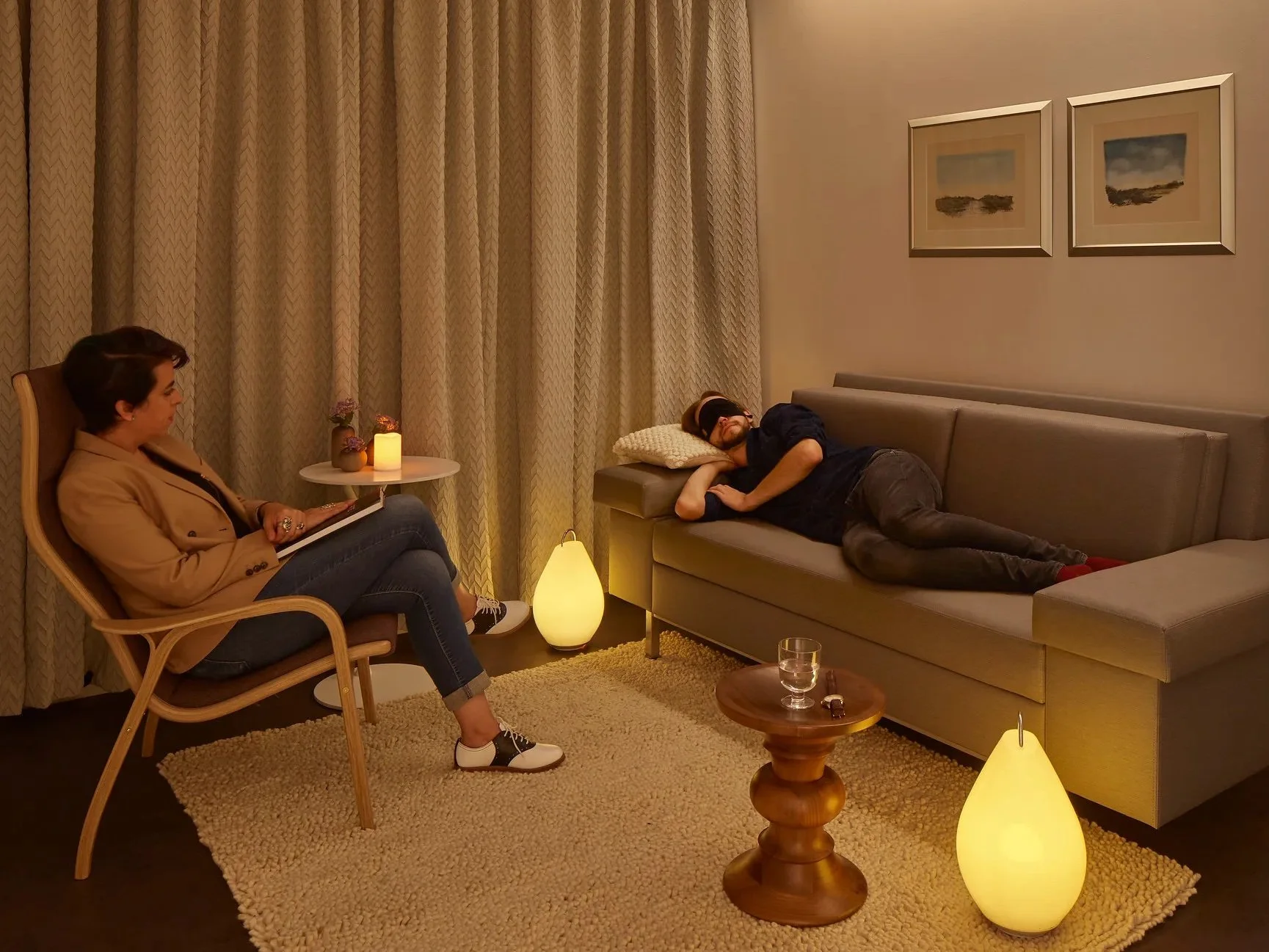Treating cancer patients with psychedelics
Most of you, I’m sure, have friends or relatives whose lives have been upended by cancer. Oncologists are better than ever at treating cancer; death rates from common cancers, including lung, breast, and prostate cancers have declined steadily for years. But they are not as well-equipped to deal with the emotional suffering – the depression, anxiety or fear of death – that often accompany a cancer diagnosis.
A startup company called Sunstone Therapies, which operates out of the Aquilino Cancer Center in Rockville, MD, has set out to change that. Sunstone provides cancer patients and, in some cases, their family members with therapy assisted by psychedelic medicines, including psilocybin, MDMA and LSD. Preliminary findings from a small trial of 30 cancer patients who were administered psilocybin and therapy are very encouraging.
The stories emerging from the trial are powerful, too. Here’s Pradeep Bansal, a Long Island, NY, gastroenterologist with metastatic cancer who participated in the Sunstone trial, speaking on a podcast.
"I don't think anybody can truly describe the [psilocybin] experience. One can use phrases and words that are common - ineffable, mystical, powerful. All I can say is it was the most powerful experience of my life that I have gone through, ever."
I visited Sunstone’s new offices to research a story about the company for Lucid News. Sunstone is noteworthy because some of its clinical trials treat patients in groups; this reduces the costs of therapy and it may well help participants better integrate their experiences because they share them with others. The founders of Sunstone include two oncologists, Manish Agrawal and Paul Thambi, and Bill Richards, an elder of the psychedelic movement who treated patients with LSD and psilocybin during the late 1960s and early 1970s, before authorities stopped research into psychedelics for about 25 years, as part of the War on Drugs.
I came away impressed by the people I met at Sunstone. Their work has the potential to do a lot of good. You can read more in my story for Lucid News.
